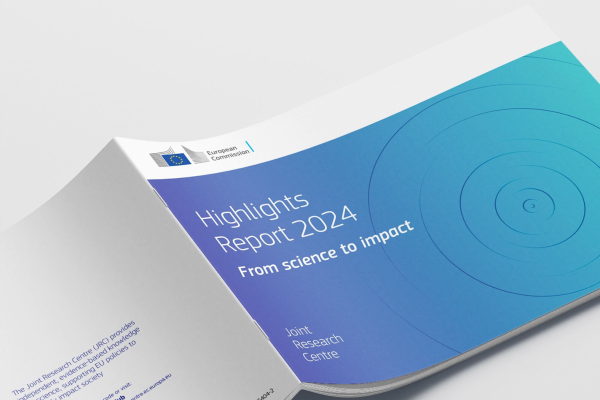- Contributes to European Commission priorities
Portfolio overview
The EU has committed to achieving climate neutrality by 2050. The energy transition presents unprecedented challenges but also offers significant opportunities in terms of energy security, resilience and competitiveness. Capitalising on these opportunities will require smart policies based on a deep understanding of future energy systems and their related impacts on the land sector.
This portfolio will analyse and integrate models from the energy and the land sectors to help shape science-backed pathways to climate neutrality. It will also contribute to monitoring progress towards meeting global climate commitments.
Objectives
 Evaluate the impact of climate policies and strategies
Evaluate the impact of climate policies and strategiesAnalyse policies and strategies for the implementation of the Climate Law and the Clean Industrial Deal, and analyse their impacts on competitiveness and fairness.
 Analyse 2040 climate target policies
Analyse 2040 climate target policiesAnalyse how new climate policy proposals would impact the economy, distribution of wealth in society and competitiveness.
 Anticipate climate and energy trends
Anticipate climate and energy trendsContribute to developing the new EU reference scenario for climate and energy by analysing Member States’ national energy and climate plans.
 Enhance spatial data details for key tools and analysis
Enhance spatial data details for key tools and analysisIncrease the spatial resolution of the JRC's datasets, tools, and models beyond a regional level, focusing on integrated land-use modelling and the transition of energy infrastructure.
 Develop models for energy and land-use
Develop models for energy and land-useUse AI-generated land-use models to integrate modelling systems for energy, agriculture, forestry and land use.
 Analyse climate and mitigation strategies
Analyse climate and mitigation strategiesMeasure the economic impact of different adaptation and mitigation strategies.
 Create standards and methods for carbon farming
Create standards and methods for carbon farmingDevelop methods to reduce greenhouse gas levels by storing carbon in soils, plants and trees, under the EU Carbon Removal Certification Framework.
 Support assessment of progress in meeting climate targets
Support assessment of progress in meeting climate targetsUpdate the global datasets on greenhouse gas emissions, including land use.




